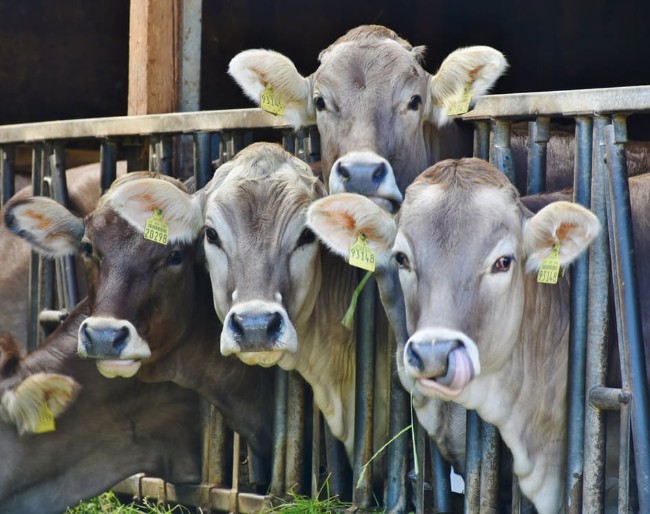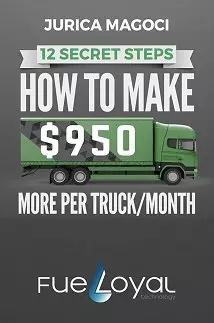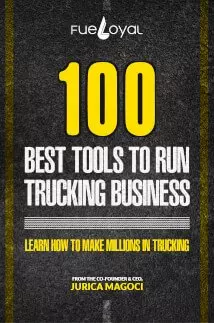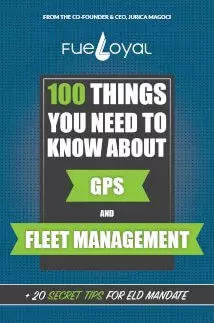- A livestock transport trailer (truck is the preferred method).
- The front of trailer should be solid to protect calves from the wind.
- All bobby calves should be fed on the farm (within 6 hours of transportation for sale).
- If possible bobby calves should be transported by the shortest route.
- Transport operators/ drivers, should check calves at least once every three hours.
- Bobby calves should be loaded at a density so as to allow all calves to lie down while being transported.
- Bobby calves should be transported in separate compartments from other classes of stock.
Source: www.opotikinews.co.nz
It’s against the law and strongly punishable to tie the legs of the calves in order to restrain them; to transport calves in a car boot, sealed container or anything that restricts airflow or to overload the truck .
If need be you can arrange two trips instead of one or find a tractor/ trailer that meet your needs but don’t even think of overloading your truck with livestock. The penalties are huge!
Transportation quality assurance has a big role in the health and welfare of cattle. The proper handlings while transportation of cattle can reduce sickness in calves, prevent bruises, and improve the quality of the meat from these animals.







